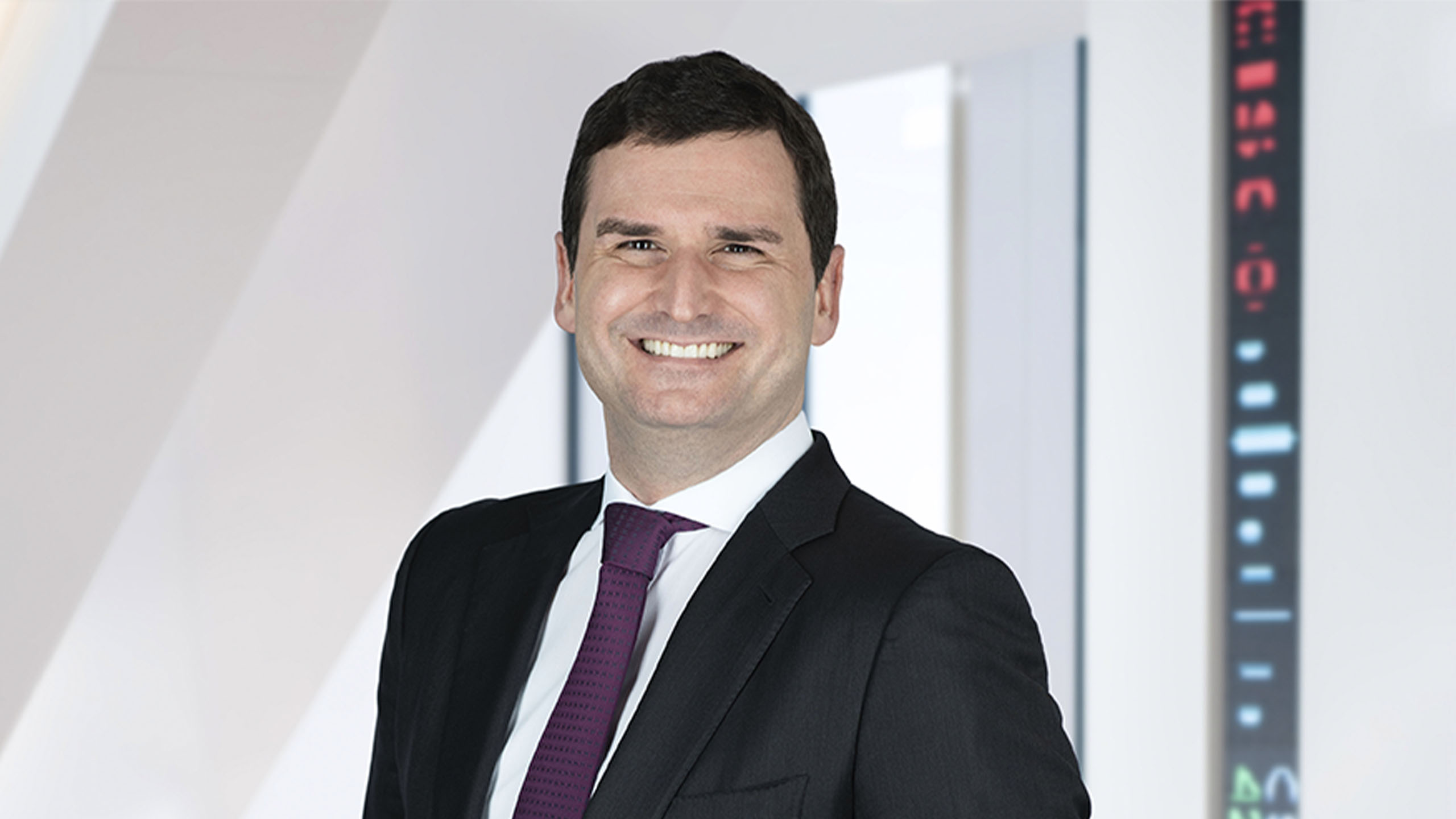

While not all details have been ironed out, we have a good idea of what the U.S.–EU trade agreement will look like following the recent announcements. The main contours of the deal are as follows:
- The U.S. will charge a 15% tariff rate on the vast majority of EU goods. Key exceptions are steel and aluminium (where the tariff rate will remain at 50%) and aircraft, plus some other goods where the tariff will be zero. Autos, semiconductors, and pharmaceuticals also appear to be subject to the 15% tariff, which is positive given fears of more unfavorable treatment of these sectors.
- The EU commits to 1) make $750 billion of energy purchases from the U.S. during President Trump’s tenure, 2) make $600 billion of investments into the U.S. (an unclear commitment that will rely on uncertain private sector investment decisions), and 3) purchase a yet unspecified amount of U.S. military equipment.
- The EU will refrain from retaliating against the trade measures introduced by the U.S.
The agreed 15% tariff is largely in line with our assumptions and removes the outlier risks of a more adverse outcome. Even so, according to our modelling, the trade restrictions will likely weaken eurozone growth by around 1 percentage point over the next few quarters, bringing growth to a near halt during the second half of this year.
Around half of that impact is due to the direct effect of tariffs on net trade, while the other half is linked to how trade policy uncertainty tends to curtail corporate investments. But the drag caused by the latter effect is difficult to estimate as we have only 2018–2019 (i.e., trade policy actions by the first Trump administration) as a relatively recent template. What’s more, global trade uncertainty actually has decreased of late, according to a widely tracked measure constructed by Federal Reserve researcher Matteo Iacoviello.
Notably, the eurozone economy has not shown meaningful signs of slowdown so far this year, with GDP growth averaging more than 1% in annualized terms through the first half of the year and with the composite purchasing managers’ index (PMI) ticking up in July despite rising trade tensions. Still, it’s early days for economic effects to be felt, and much of the recent resilience is likely linked to U.S. import front-loading in advance of Trump’s August tariff deadline. We continue to expect a deceleration in euro area growth throughout the remainder of the year.
The expected slowdown, and our assessment that near-term inflation risks are tilting to the downside due to a weaker economy, slowing wage growth, and a stronger currency – are factors underpinning our expectation that the European Central Bank (ECB) has potentially more policy easing to do. We believe the ECB could lower the policy rate one more time to a terminal rate of 1.75% – a level not far from current money market pricing – but upcoming data will be key to determining the policy path ahead.
At the ECB’s 24 July monetary policy meeting, President Christine Lagarde stressed that ECB policy is currently in a “good place.” This is not surprising given growth running close to trend, inflation being close to target, and the policy rate being at a level the ECB considers to be neutral. Arguably, the central bank also wants to minimize the risk of having to reverse course shortly after reaching the terminal rate.
Investment implications
With ECB rate expectations largely priced into markets, we believe European bonds still offer an attractive hedge for investors bracing for Europe’s economic headwinds. We favor short- to medium-term maturities, given anchored front-end rates and elevated longer-term rates (the latter largely due to Germany’s fiscal push plus the ECB’s balance sheet unwind).
On the currency front, the euro’s recent rally against the U.S. dollar looks set to continue, but that story is more about dollar weakness than euro strength.
We also see significant opportunities in well-structured and defensive spread sectors throughout the eurozone, which – through appropriate name and sector selection – offer the potential for compelling risk-adjusted returns with lower volatility relative to equities.

